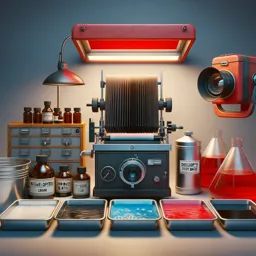What Is Non-Destructive Editing?
Non-destructive editing is an image editing approach that allows you to make adjustments to your images without permanently changing the original pixels. Unlike destructive editing—where edits are directly applied to your image—non-destructive techniques let you revise or remove changes at any point in your workflow. This not only preserves your original work but also provides greater creative flexibility.
Why Choose Non-Destructive Editing in GIMP?
- Flexibility: Easily revert edits or tweak adjustments at any stage.
- Efficiency: Experiment with effects and corrections without fear of irreversible mistakes.
- Professional Results: Mimic industry-standard editing processes, enhancing your design skills.
Key Non-Destructive Techniques in GIMP
1. Using Layers and Adjustment Layers
GIMP’s layer system is the foundation of non-destructive editing. Instead of applying edits directly to your original image, work on separate layers for color corrections, lighting adjustments, or creative effects. To simulate adjustment layers, use layers set to different blend modes or apply color tools to duplicates.
2. Leveraging Layer Masks
Layer masks let you hide or reveal parts of a layer without erasing content. By painting with black, white, or gray on a mask, you control the visibility of that layer’s effects. Masks are perfect for compositing, blending, and selective enhancements.
3. Smart Object Alternatives: Linked Layers and Filters
While GIMP doesn’t have “smart objects” like some other editors, you can use linked layers and non-destructive filters (via plug-ins or the built-in GEGL operations) to maintain editability. For example, GEGL filters can often be reapplied or adjusted non-destructively if used thoughtfully.
4. Adjustment with Clipping Groups
Use GIMP’s clipping group functionality by grouping layers and applying effects only to particular sub-layers. This isolates adjustments and keeps your workspace organized, further supporting a non-destructive workflow.
Best Practices for a Non-Destructive GIMP Workflow
- Always duplicate your original image layer before starting edits.
- Organize your layers and name them clearly.
- Use group layers for related adjustments.
- Save your project in GIMP’s XCF format to preserve layers and masks.
By mastering these non-destructive techniques, you’ll unlock a more professional and efficient way to work in GIMP, no matter your project.

























